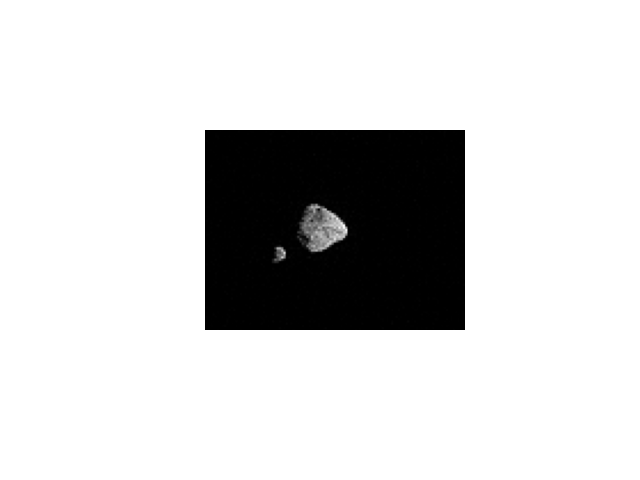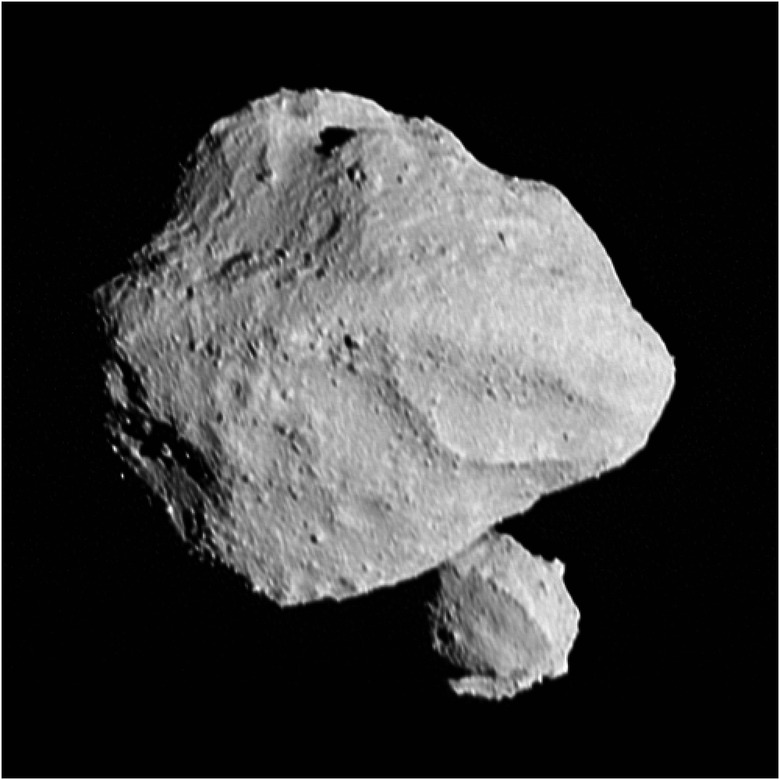NASA Lucy Probe Spots Undiscovered Asteroid On Dinkinesh Flyby
NASA's Lucy probe has completed one of its first flybys, skimming past the asteroid Dinkinesh on its way to other targets. While the flyby was expected to give us a photo of the asteroid, it also revealed a smaller, satellite asteroid that is orbiting the larger Lucy target, revealing that it's actually a binary pair, not a single asteroid.
Dinkinesh is one of several main belt asteroids that NASA and other agencies are working to study more in-depth going forward. While Lucy isn't spending a ton of time looking at Dinkinesh, astronomers were astounded to learn that the asteroid has a friend, confirming some data that Lucy had been capturing on its approach.
Leading up to Lucy's Dinkinesh flyby, astronomers on the Lucy team were curious if the asteroid might be part of a binary system. That's because Lucy's instruments logged several times where the asteroid's brightness changed, suggesting something was passing in front of it. Now, with the flyby complete, the team finally has its answer.

The encounter here primarily served as an in-flight test for Lucy, with it focusing on testing the systems that will let Lucy autonomously track asteroids as it flies past them at roughly 10,000 miles per hour. And so far that test seems to have been a resounding success for the Lucy team, showcasing the probe's ability to autonomously track asteroids as it approaches.
Lucy's Dinkinesh flyby is just the beginning, though. NASA's probe will fly past seven asteroids. However, Dinkinesh was added to that list alongside two Trojan moons. Now that Dinkinesh's binary satellite has been discovered, Lucy will fly by a total of eleven cosmic objects.
Dinkinesh is estimated to measure 0.5 miles (790m) at its widest point, while they estimate the smaller yet unnamed satellite to be around 0.15 miles (220m) in size. With the terminal tracking system now showing its capability, the Lucy team can prepare for even more groundbreaking flybys in the coming years as Lucy's mission continues.
